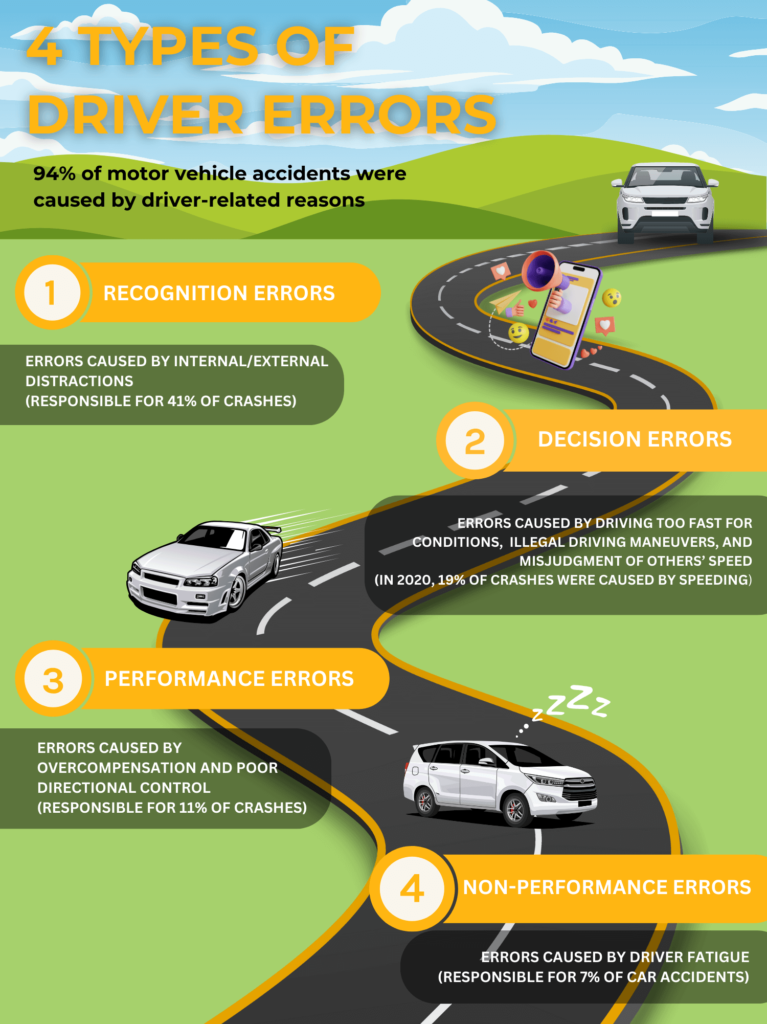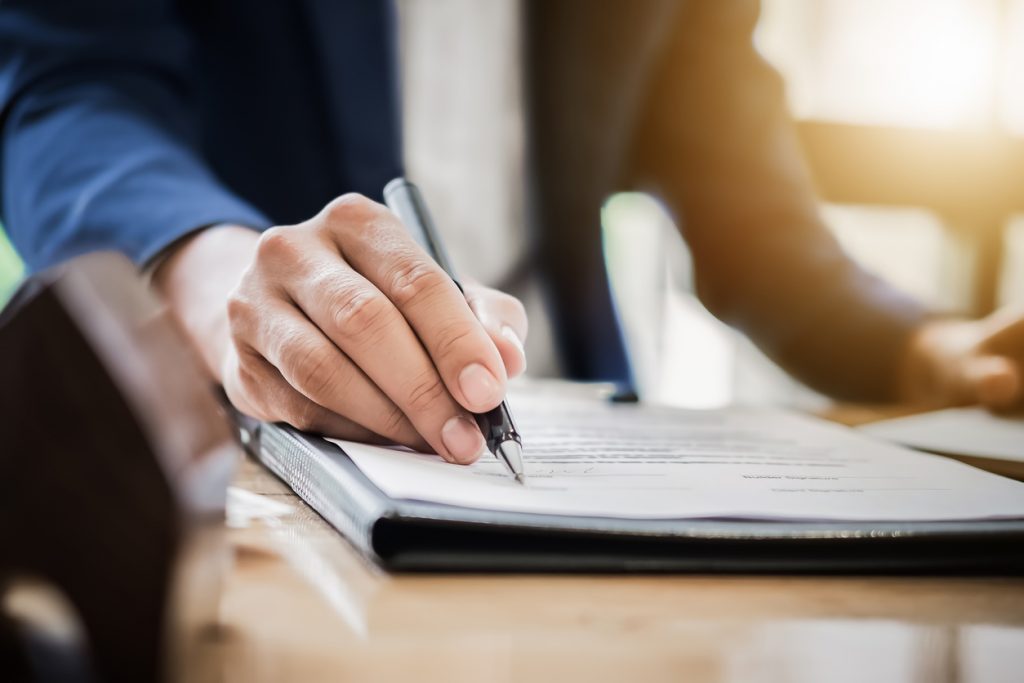Car Accident Analysis: A Comprehensive Guide to Unraveling the Truth
Car accidents are unfortunately a common occurrence, leaving behind a trail of shattered metal, emotional turmoil, and legal quandaries. If you find yourself involved in one of these incidents, understanding the process of car accident analysis is crucial. It can provide valuable insights into how the crash happened, who was at fault, and what your legal options may be. In this article, we’ll delve into the intricate steps involved in car accident analysis, giving you the tools you need to navigate this complex process.
Steps Involved in Car Accident Analysis
Car accident analysis is a methodical process that involves meticulous data gathering and analysis. It typically follows a series of key steps:
1. Scene Examination: Deciphering the Puzzle Pieces
The aftermath of a car accident is akin to a jigsaw puzzle, with scattered debris and evidence providing vital clues. The initial step in analysis is a thorough scene examination. Investigators carefully document the positions of vehicles, take photographs, and collect physical evidence such as skid marks, broken glass, and damaged parts. These pieces of the puzzle help paint a picture of the sequence of events leading up to the crash.
Moreover, investigators interview eyewitnesses to gather firsthand accounts of the accident. Witness statements can provide valuable information about the speed of the vehicles, the actions of the drivers, and any other relevant details. By meticulously collecting and analyzing this evidence, investigators can start to piece together the puzzle of what happened.
Like detectives piecing together a crime scene, car accident analysts use their expertise to interpret the evidence and reconstruct the events that transpired. Their goal is to determine the point of impact, the direction of travel, and the contributing factors to the crash. This meticulous process lays the foundation for subsequent steps in the analysis.
2. Vehicle Examination: Unearthing Hidden Clues
Once the scene has been thoroughly examined, investigators turn their attention to the vehicles involved. A detailed vehicle examination can reveal a wealth of information about the impact forces and the condition of the vehicles prior to the crash. Investigators closely inspect damage patterns, measure crush zones, and analyze any electronic data recorders that may have captured critical information.
By examining the vehicles, investigators can gain insights into the severity of the impact, the speed at which the vehicles were traveling, and the manner in which they collided. These clues help them determine the sequence of events and identify potential mechanical failures or other factors that may have contributed to the accident.
3. Data Analysis: Making Sense of the Numbers
In addition to physical evidence, car accident analysis also involves a thorough examination of data. This may include reviewing police reports, medical records, witness statements, and any other relevant documentation. By carefully analyzing this data, investigators can identify inconsistencies, corroborate information, and establish a timeline of events.
Statistical analysis can also be employed to assess the likelihood of certain events occurring based on factors such as vehicle speed, road conditions, and driver behavior. This quantitative approach helps investigators draw informed conclusions and eliminate less probable scenarios.
4. Expert Consultation: Seeking Specialized Insights
In complex car accident cases, investigators may consult with experts in various fields to gain specialized knowledge and insights. This could include engineers, medical professionals, accident reconstructionists, and other specialists. These experts can provide valuable opinions on specific aspects of the accident, such as vehicle dynamics, injury mechanisms, and human factors.
By leveraging the expertise of these specialists, investigators can enhance their understanding of the crash and strengthen their analysis. Expert testimony can also play a crucial role in legal proceedings, helping to persuade juries and determine liability.
5. Report and Conclusion: Unveiling the Truth
The culmination of the car accident analysis process is the preparation of a comprehensive report. This report documents the findings of the investigation, including a detailed description of the scene, vehicle damage, data analysis, and expert consultations. The report also presents the conclusions reached by the investigators, outlining their determination of how the accident occurred and who was at fault.
The report serves as a valuable resource for insurance companies, legal professionals, and the parties involved in the accident. It provides an objective and evidence-based account of the events that transpired, helping to resolve disputes, determine liability, and prevent similar accidents from occurring in the future.
Car Accident Analysis: A Comprehensive Guide to Unraveling the Truth
When two or more vehicles collide, a ripple effect of chaos ensues. Lives are uprooted, insurance companies scramble, and victims grapple with physical, emotional, and financial turmoil. Amidst this pandemonium, one profession stands as a beacon of order and clarity: the car accident analyst.
Data Collection and Evidence Gathering
In the aftermath of an accident, the first step towards understanding what transpired is gathering crucial data and evidence. This involves meticulously documenting the scene, including the location, time, weather conditions, and any visible damage to the vehicles involved. Witness statements are also invaluable, providing firsthand accounts of the events leading up to and during the collision.
Physical Evidence: A Tangible Tapestry of the Accident
Physical evidence plays a pivotal role in reconstructing the events surrounding a car accident. Skid marks on the road, debris scattered across the scene, and even the condition of the vehicles themselves can offer valuable insights. By carefully examining these tangible remnants, analysts can piece together a chronology of events, determining the speed, trajectory, and point of impact of each vehicle.
Metal fragments, broken glass, and denting patterns can provide clues about the angle of collision and the force of the impact. Tire tread marks left on the asphalt can trace the path of vehicles before, during, and after the crash. Every piece of physical evidence, no matter how small, contributes to a more comprehensive understanding of what transpired.
In some cases, accidents involve more than just vehicles. Buildings, fences, traffic signs, and pedestrians may also be affected. Thoroughly documenting the damage to these objects can help establish the extent of the accident and identify potentially responsible parties.
Witness Statements: A Kaleidoscope of Perspectives
Witness statements are equally crucial in painting a complete picture of a car accident. By interviewing bystanders, passengers, and other drivers who witnessed the collision, analysts can gain a diverse range of perspectives on the events that unfolded.
These statements can provide insights into the behavior of drivers involved, traffic conditions, and any unusual circumstances that may have contributed to the crash. Witnesses may also recall details that escaped the notice of the parties involved, such as erratic driving patterns or distractions.
Conclusion
Car accident analysis is a complex and multifaceted endeavor that requires meticulous attention to detail and a comprehensive understanding of accident reconstruction principles. By carefully gathering and analyzing data, evidence, and witness statements, analysts can help unravel the truth surrounding even the most complex collisions, providing a path towards justice and resolution for those affected.
Car Accident Analysis: A Deep Dive
Every day, countless car accidents occur worldwide, leaving behind a trail of damage and potential legal quandaries. To determine what truly transpired and who bears responsibility, a comprehensive car accident analysis is crucial. This process involves meticulously examining physical evidence, environmental factors, and witness accounts to reconstruct the events leading up to and during the collision.
Scene Reconstruction and Analysis
The cornerstone of a car accident analysis is scene reconstruction. This complex process involves piecing together the puzzle of the accident by carefully studying physical evidence such as skid marks, debris patterns, and vehicle damage. Environmental factors like road conditions, weather, lighting, and traffic signage are also scrutinized to gain a complete understanding of the scene. Additionally, witness accounts provide valuable perspectives, offering insights into the sequence of events and the actions of the drivers involved.
Expert Analysis: Unraveling the Mysteries
Car accident analysis is a specialized field that demands expertise in various disciplines, including engineering, physics, and law enforcement. Trained professionals known as accident reconstructionists possess the knowledge and experience to conduct thorough investigations and interpret the evidence objectively. By utilizing advanced techniques like computer simulations and forensic analysis, they can determine factors such as vehicle speed, impact angles, and driver behavior, providing a comprehensive account of the events that led to the accident.
Witness Accounts: A Tapestry of Perspectives
Witness accounts play a pivotal role in car accident analysis, providing firsthand perspectives on the events in question. Trained accident reconstructionists interview witnesses methodically, carefully extracting crucial details like driver actions, vehicle movements, and any unusual circumstances. Corroborating witness statements with other evidence, such as skid marks and vehicle damage, helps paint a more vivid picture of the accident and identify potential inconsistencies that may require further investigation.
Beyond the Physical: Human Factors and Decision-Making
While physical evidence and environmental factors provide a solid foundation for accident analysis, human factors and decision-making also play a critical role. Accident reconstructionists delve into the cognitive processes, perceptions, and actions of the drivers involved, examining factors such as reaction times, attention levels, and overall judgment. Understanding the human element in car accidents helps identify contributing factors like distraction, impairment, or fatigue, providing a more comprehensive assessment of the events leading up to the collision.
Conclusion: Uncovering the Truth
Car accident analysis is a complex and nuanced process that requires a multidisciplinary approach. By meticulously examining physical evidence, environmental factors, and witness accounts, accident reconstructionists can piece together the events leading up to and during a collision, providing valuable insights for legal proceedings and insurance claims. Their expertise enables them to uncover the truth, determine fault, and prevent similar accidents from occurring in the future.
Car Accident Analysis: Unraveling the Truth Behind the Wreckage
Determining the cause and liability of a car accident is no easy task. It requires a meticulous examination of the vehicles involved, a thorough understanding of physics, and an eye for detail. If you’ve been involved in a car accident, uncovering the truth is crucial for insurance claims, legal proceedings, and ensuring your safety on the road.
Damage Assessment and Vehicle Examination
Like a forensic detective, the process begins with a thorough examination of the vehicles. Every dent, scratch, and broken piece tells a story. Experts assess the severity of damage, looking for clues to the force and direction of the impact. They study the structural integrity of the vehicles, searching for hidden weaknesses or signs of pre-existing damage. Identifying the exact impact points is essential for reconstructing the accident’s trajectory.
Tire Skid Mark Analysis
Skid marks on the road are like breadcrumbs left behind by the vehicles. By measuring and analyzing their length, direction, and pattern, accident investigators can determine the speed and trajectory of the vehicles before the collision. These marks can also reveal if a vehicle was braking or accelerating, providing insights into the actions of the drivers.
Airbag Deployment Analysis
Airbags are designed to inflate within milliseconds of a crash, providing crucial protection for occupants. By examining the timing and pattern of airbag deployment, investigators can glean information about the severity of the impact and the direction from which the force was applied. This data helps them paint a clearer picture of the accident’s dynamics.
Witness Statements and Physical Evidence
Witness testimony and physical evidence from the scene play a vital role in corroborating and supplementing the analysis. Witnesses may provide firsthand accounts of the accident, while broken glass, debris, or road signs can offer physical proof of the vehicles’ movements. Combining all these pieces of information, investigators can piece together a comprehensive reconstruction of the accident, helping to determine who was at fault and how the collision unfolded.
Car Accident Analysis: Uncovering the Truth
As the dust settles from a car crash, the true extent of the damage may not be immediately apparent. Beyond the crumpled metal and shattered glass, there’s the unseen devastation to human life. Car accident analysis plays a crucial role in unraveling the chain of events leading up to an accident and pinpointing the injuries sustained by those involved.
Injury Analysis and Medical Records Review
Assessing the severity and nature of injuries sustained by individuals involved in the accident, reviewing medical records and consulting with medical experts.
Determining the extent of injuries in a car accident is not always straightforward. Some injuries, such as internal bleeding or traumatic brain injury, may not manifest immediately. That’s why a thorough medical examination and review of medical records is essential. Medical records provide a detailed account of the injuries sustained, as well as the treatment and prognosis. Consulting with medical experts, such as physicians or neurologists, can further elucidate the nature of the injuries and their long-term implications.
Medical experts can assess the severity of injuries based on various factors, including the mechanism of injury, the force of impact, and the individual’s pre-existing health conditions. They can also provide valuable insights into the potential need for future medical care, rehabilitation, and ongoing treatment.
In cases where there is a dispute over the nature and extent of injuries, independent medical examinations may be ordered by the court. These examinations are conducted by impartial physicians who provide an unbiased assessment of the injuries and their impact on the individual’s health and well-being.
By conducting a thorough injury analysis and medical records review, car accident investigators can gain a clear understanding of the injuries sustained by the individuals involved, ensuring that they receive appropriate medical care and compensation for their losses.
Car Accident Analysis: Understanding the Aftermath
When two or more vehicles collide, the aftermath can be overwhelming, leaving victims grappling with physical injuries, emotional distress, and a host of legal and financial concerns. Analyzing a car accident involves a comprehensive assessment of the circumstances, evidence, and potential consequences. Here’s a comprehensive guide to car accident analysis:
Legal and Insurance Implications
After an accident, determining fault and liability is crucial. The process involves gathering evidence like police reports, witness statements, and medical records. Understanding insurance coverage becomes essential, as it dictates the extent of financial compensation available to victims. Legal actions may be necessary to resolve disputes over fault, damages, and compensation.
Vehicle Damage Assessment
A thorough inspection of the vehicles involved provides valuable insights into the accident’s severity and dynamics. Examining the extent of damage, identifying impact points, and analyzing vehicle deformation patterns helps to reconstruct the events leading up to the collision. This information is crucial for insurance companies to determine repair or replacement costs.
Injury Analysis
Evaluating the nature and severity of injuries sustained by victims is essential. Medical records, physical examinations, and expert opinions are used to assess the extent of physical and psychological harm. Determining the causal link between the accident and injuries is critical for establishing liability and ensuring adequate compensation for victims.
Witness Statements
Witnesses play a crucial role in providing independent accounts of the accident, often offering valuable insights not captured by other evidence. Collecting and analyzing their statements helps to corroborate the facts, establish fault, and reconstruct the events leading up to the collision. Witness testimony can be instrumental in resolving liability disputes and determining the truth of the matter.
Reconstruction and Simulation
In complex accidents, expert reconstructionists may be employed to simulate the crash using sophisticated software and techniques. These simulations help to identify the forces involved, determine the sequence of events, and verify the validity of witness statements. Reconstruction plays a critical role in understanding the dynamics of the accident and preventing future occurrences.
Car Accident Analysis: A Comprehensive Guide to Unraveling the Mystery
In the aftermath of a car crash, emotions run high, and confusion reigns. Insurance companies and legal teams seek answers, and that’s where car accident analysis comes into play. It’s like a detective’s investigation, piecing together the puzzle and uncovering the truth behind the collision.
Steps Involved in Car Accident Analysis
The process begins with a thorough examination of the scene, gathering evidence like skid marks, debris, and witness statements. Then, experts use principles of physics, engineering, and human factors to reconstruct the events leading up to the accident. They determine vehicle speeds, points of impact, and the force of the collision.
Tools of the Trade
Various tools aid in the analysis, including:
- Computer simulations: These recreate the accident in a virtual environment, allowing experts to adjust variables and explore different scenarios.
- Crash test dummies: Replicating the human body, these dummies help assess injuries and determine how occupants moved during the impact.
- Accident reconstruction software: Sophisticated programs process data from the scene and simulations, generating detailed reports on the kinematics of the collision.
Report Generation and Expert Testimony
The culmination of the analysis is a comprehensive report, summarizing the findings and supporting them with data and evidence. Experts may also provide testimony in legal proceedings or insurance disputes, presenting their analysis and conclusions to help resolve the case.
Benefits of Car Accident Analysis
The insights gained from car accident analysis go beyond assigning blame. They inform safety regulations, improve vehicle designs, and provide valuable lessons for preventing future crashes. Moreover, they assist in:
- Determining liability: Identifying the responsible parties and the extent of their fault
- Quantifying damages: Estimating the financial impact of the accident on victims and property
- Ensuring fair settlements: Guiding insurance companies and legal teams in reaching just and equitable resolutions





Leave a Reply